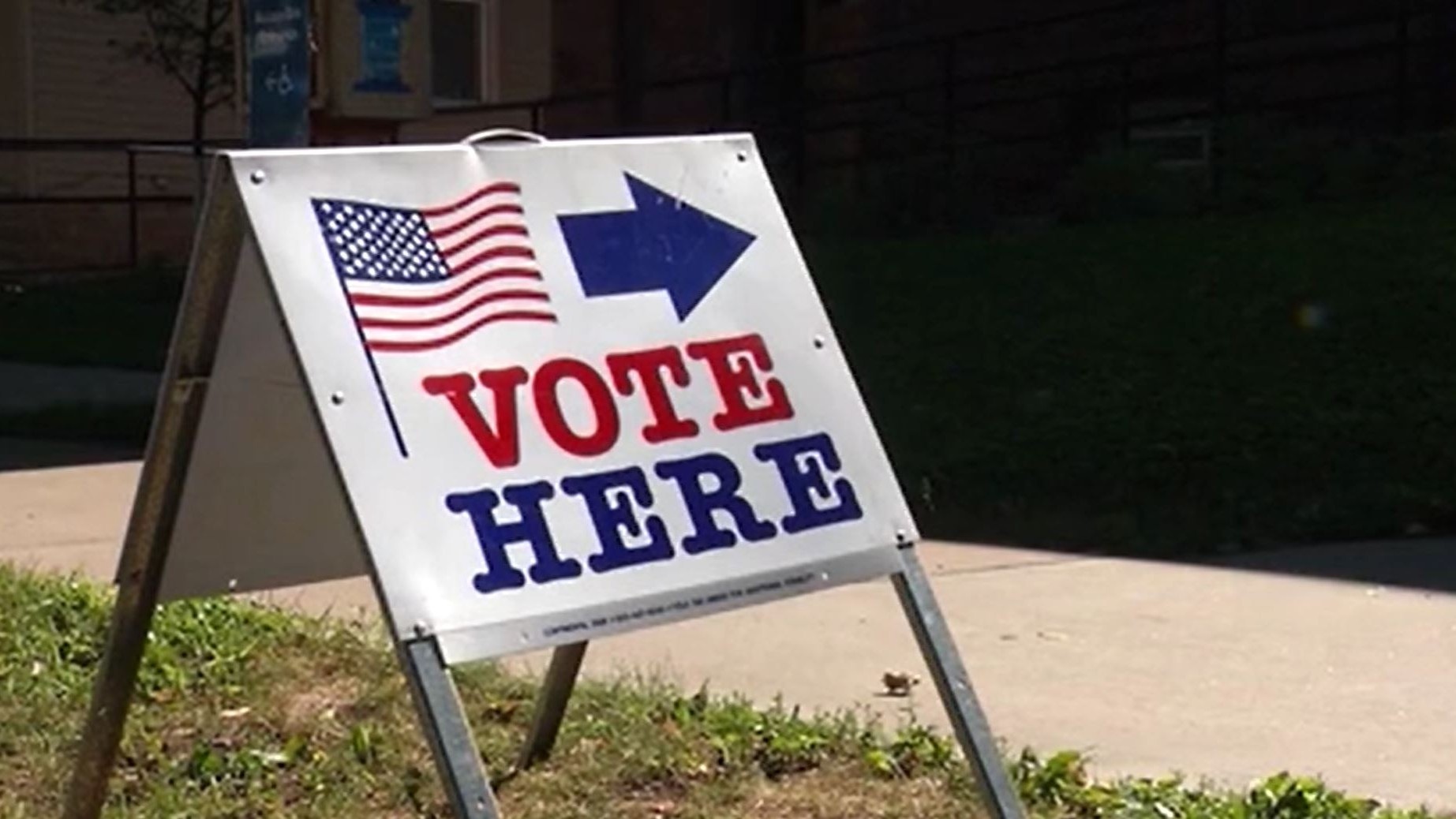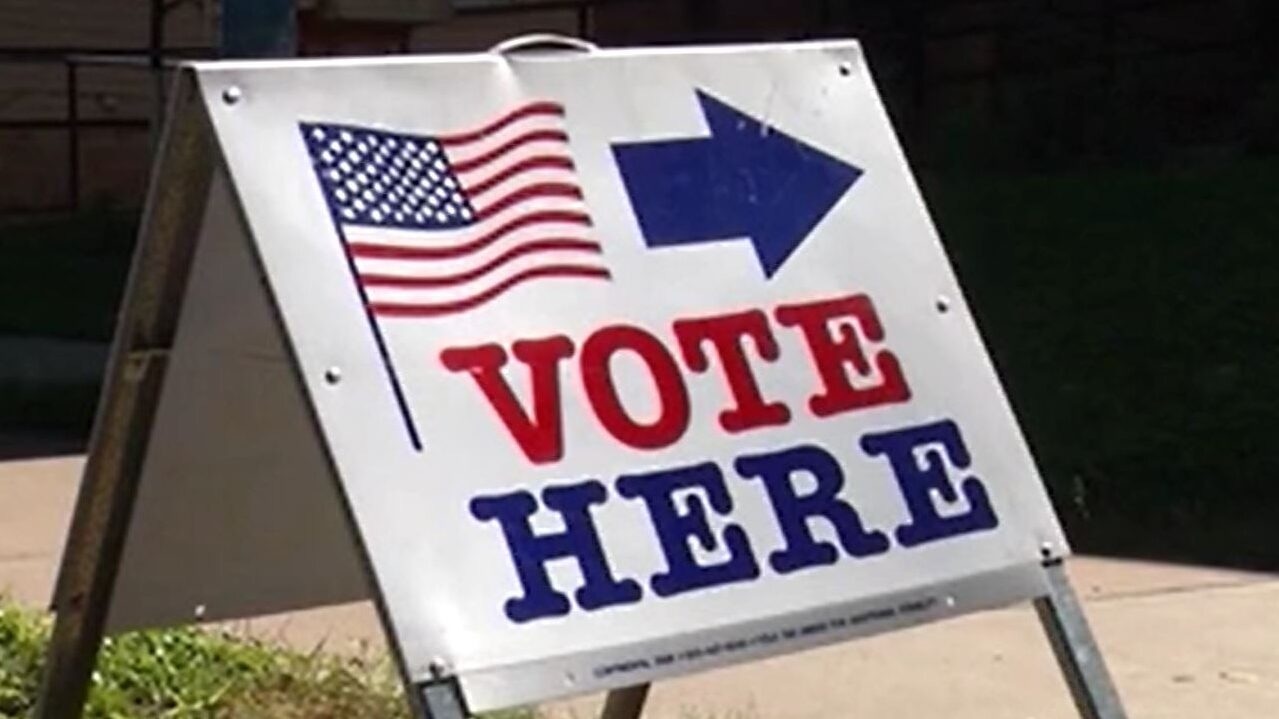Minnesota Primary Election Overview: Minnesota Primaries

Minnesota, a state known for its progressive politics and robust civic engagement, has a rich history of primary elections that have shaped its political landscape and influenced national elections. The state’s primaries serve as a crucial platform for candidates to garner support and momentum, setting the stage for the general elections.
Historical Overview
Minnesota’s primary elections have evolved significantly since their inception. The state’s first primary election was held in 1901, marking a pivotal moment in the state’s political history. This landmark event introduced a new system for selecting candidates, empowering voters to play a more active role in the political process. Over the years, the primary system has undergone several changes and adjustments, reflecting the evolving political dynamics and voter preferences in Minnesota.
Current Political Landscape, Minnesota primaries
The current political landscape in Minnesota is characterized by a vibrant and competitive two-party system, with the Democratic-Farmer-Labor Party (DFL) and the Republican Party vying for dominance. The DFL, often referred to as the Democratic Party, generally holds a slight edge in voter registration, but recent elections have witnessed a rise in Republican support, particularly in suburban areas. Key issues that shape the political discourse in Minnesota include healthcare, education, economic development, and social justice.
Voter Demographics
Minnesota’s electorate is diverse, with a growing population of immigrants and minorities. The state’s demographics have a significant impact on the outcomes of primary elections. Urban areas tend to lean Democratic, while rural areas are more Republican. The changing demographics and the evolving political landscape in Minnesota have made its primary elections increasingly unpredictable and competitive.
Significance of Minnesota Primaries
Minnesota’s primary elections hold considerable significance in the broader context of national elections. The state’s progressive policies and its history of supporting Democratic candidates have made it a key battleground in presidential elections. The results of Minnesota’s primaries often provide valuable insights into the national political climate and the preferences of voters.
Candidates and Key Races

The Minnesota primary elections offer voters a chance to shape the political landscape of the state, with competitive races for governor, senator, and congressional seats. This year’s primaries feature a diverse field of candidates with a wide range of viewpoints on key issues.
Governor’s Race
The governor’s race is expected to be one of the most closely watched contests in the state. Incumbent Governor Tim Walz, a Democrat, is seeking re-election. He faces a challenge from several Republican candidates, including Scott Jensen, a physician and former state senator, and Mike Murphy, a former CEO.
Governor Walz’s campaign focuses on his record of leading the state through the COVID-19 pandemic and his commitment to expanding access to healthcare and education. He has also emphasized his support for labor unions and his efforts to address climate change.
Scott Jensen’s campaign emphasizes his experience as a physician and his opposition to the state’s COVID-19 restrictions. He has also criticized Governor Walz’s handling of the economy and education.
Mike Murphy’s campaign centers on his experience as a business leader and his promise to create jobs and lower taxes. He has also focused on his support for law enforcement and his opposition to gun control.
Senate Race
The race for the U.S. Senate seat currently held by Democrat Tina Smith is also expected to be highly competitive. Smith is seeking re-election and faces a challenge from Republican candidates, including former Minnesota Republican Party Chairwoman Jennifer Carnahan and former U.S. Representative Jason Lewis.
Senator Smith’s campaign highlights her record of working to protect healthcare, expand access to affordable housing, and address climate change. She has also emphasized her support for labor unions and her commitment to fighting for working families.
Jennifer Carnahan’s campaign emphasizes her experience as a business leader and her commitment to lower taxes and regulations. She has also focused on her opposition to abortion and her support for law enforcement.
Jason Lewis’s campaign centers on his experience in Congress and his commitment to reducing government spending and supporting small businesses. He has also focused on his support for President Trump and his opposition to immigration reform.
Congressional Races
Several congressional races in Minnesota are also expected to be competitive. In the 1st Congressional District, incumbent Democrat Jim Hagedorn is seeking re-election and faces a challenge from Republican Brad Finstad. In the 2nd Congressional District, incumbent Democrat Angie Craig is seeking re-election and faces a challenge from Republican Tyler Kistner. In the 3rd Congressional District, incumbent Democrat Dean Phillips is seeking re-election and faces a challenge from Republican Tom Emmer.
These races are expected to be highly competitive and will likely focus on issues such as healthcare, the economy, and immigration.
Election Process and Voting Information

Navigating the Minnesota primary election process is straightforward. To participate, you must be registered to vote and understand the available methods for casting your ballot. This section provides comprehensive information on registration, voting methods, deadlines, and polling locations.
Voter Registration
Registering to vote in Minnesota is a crucial step in participating in the primary election. You must be a U.S. citizen, a resident of Minnesota, and at least 18 years old by the date of the election. The deadline to register to vote is 21 days before the primary election.
- You can register to vote online through the Minnesota Secretary of State’s website.
- You can also register in person at your county auditor’s office or at designated locations, such as libraries or community centers.
- You can register by mail using a voter registration application form, which can be downloaded from the Secretary of State’s website.
Voting Methods
Minnesota offers several ways to cast your ballot in the primary election, ensuring accessibility and convenience for voters.
- In-person voting: You can vote in person at your assigned polling place on Election Day. Polling places are typically open from 7:00 AM to 8:00 PM.
- Absentee voting: If you cannot vote in person on Election Day, you can vote by mail through absentee voting. You can request an absentee ballot online, by mail, or in person at your county auditor’s office.
- Early voting: Minnesota offers early voting, allowing you to vote in person at designated locations before Election Day. Early voting periods vary by county, so it is essential to check with your county auditor’s office for specific dates and locations.
Polling Locations and Election Dates
To find your assigned polling place, you can visit the Minnesota Secretary of State’s website and enter your address. The primary election is held on the second Tuesday in August.
Deadlines for Registration and Ballot Requests
- Registration deadline: 21 days before the primary election.
- Absentee ballot request deadline: The deadline to request an absentee ballot varies by county, so it is essential to check with your county auditor’s office for specific deadlines.
Minnesota primaries – Minnesota’s primaries are always a wild ride, with a mix of familiar faces and new challengers vying for a spot on the ballot. This year, one of the most closely watched races was the one for Ilhan Omar’s congressional seat.
You can check out the results and analysis of her primary election here. With Omar’s victory, it’s clear that Minnesota voters are ready for another round of political drama in the upcoming general election.
The Minnesota primaries saw a lot of excitement, with many candidates vying for their party’s nomination. One of the most closely watched races was for the 5th Congressional District, where incumbent Ilhan Omar faced a number of challengers. You can find out more about her race results and electoral success here.
Omar’s victory in the primaries is just one example of the many interesting results from the Minnesota primaries, which will ultimately shape the state’s political landscape in the coming months.
